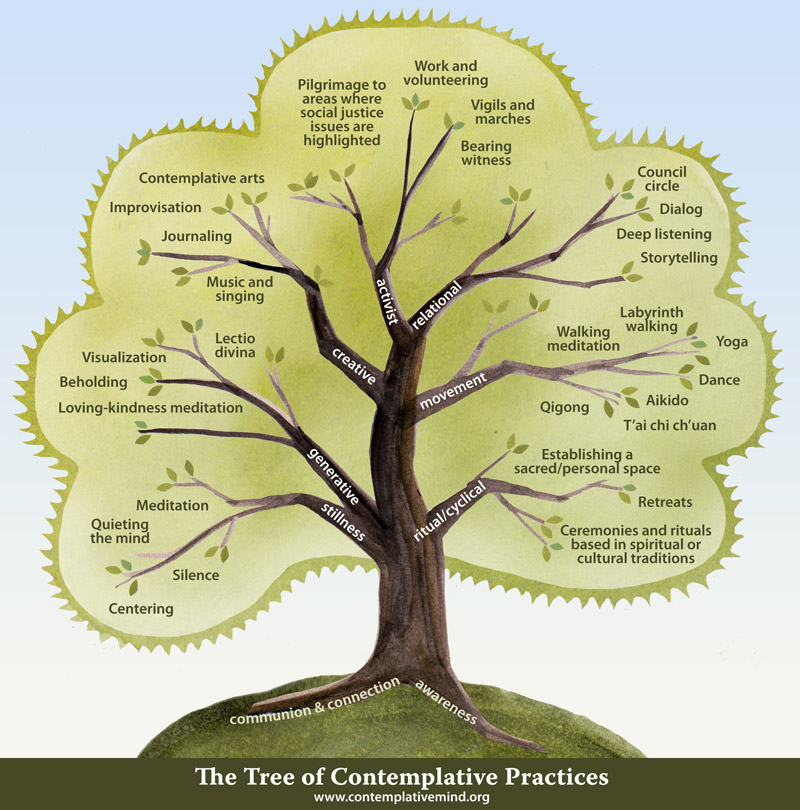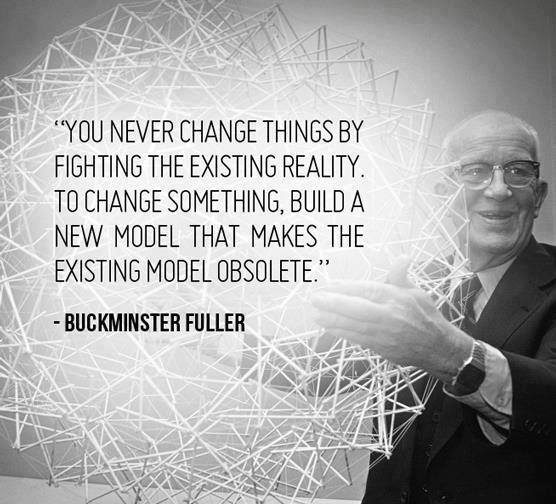The classic Zen koan goes: “If a tree falls in the forest and no one is there to hear it, does it make a sound?”
Today I ask: “If there exists a fact but no one believes it, is it true?”
Science seeks to uncover objective truths — facts that exist independently of any given person’s beliefs. But scientists are still human, and humans make mistakes (logical and otherwise), so you can never be absolutely certain about any given scientific truth, no matter how many experiments we run. (As a scientist or science-minded person, it’s easy to overlook this depressing fact.)
Meanwhile, if someone believes something, then the fact that they believe it is, in and of itself, true. This is why journalists report on what people believe, even if there may be compelling evidence that the belief is faulty. As Simon Sinek puts it in his classic TED talk: “People will do the things that prove what they believe.” If you believe that global warming is a hoax, or that immigrants are responsible for economic decline, you will vote for a candidate who appears consistent with those beliefs. So in determining the outcome of the election, the belief carries far more weight than what happens to be objectively true (which no one can be absolutely certain about anyway).
A belief is our own subjective experience of what is true. It’s what’s real to us. It’s internally certain. And as such it often carries far more power than what may or may not be externally factual.
In this sense, you could argue that beliefs are more true than facts. Beliefs are the truest thing there is for the person that believes them. Moreover, if you are interested in taking action in the world, and inspiring others to act, then knowing what people believe is usually at least as important as knowing the facts.
So if there exists a fact but no one believes it, is it true?
And if it’s true, does it matter?


